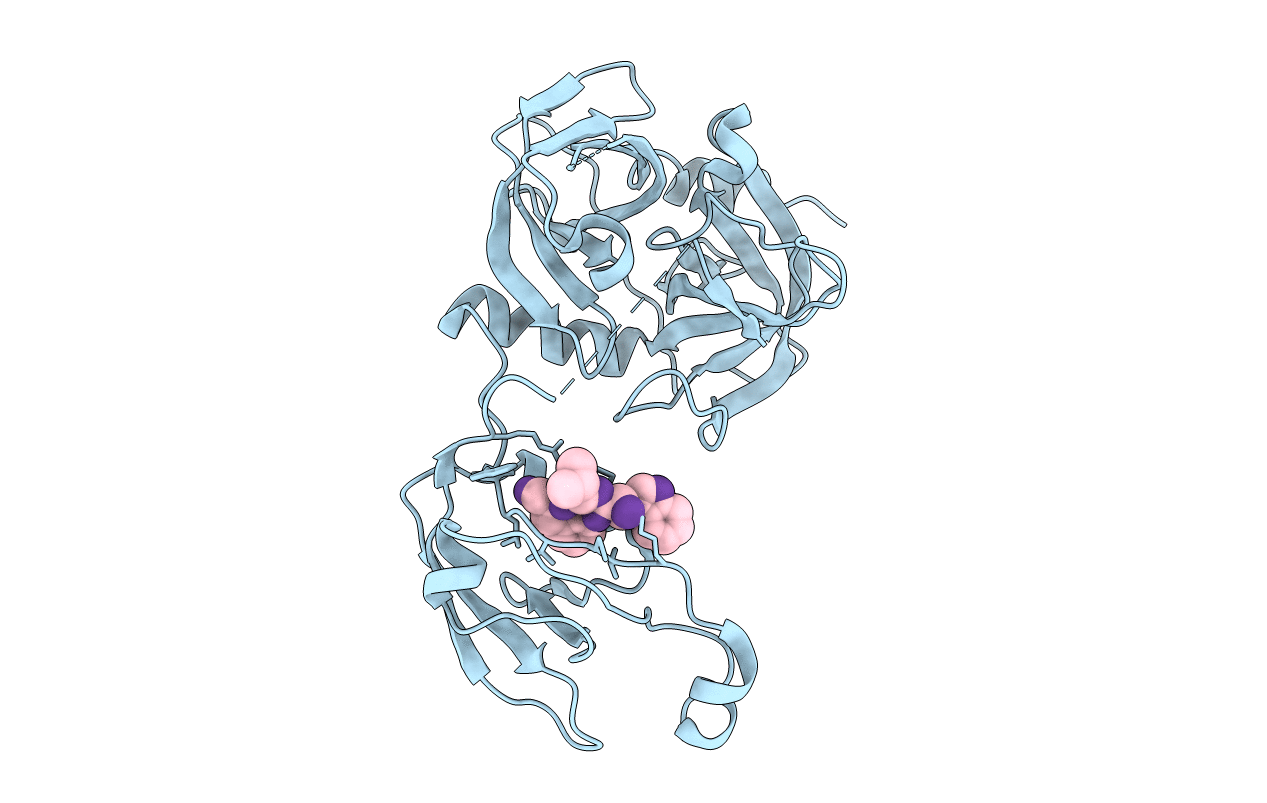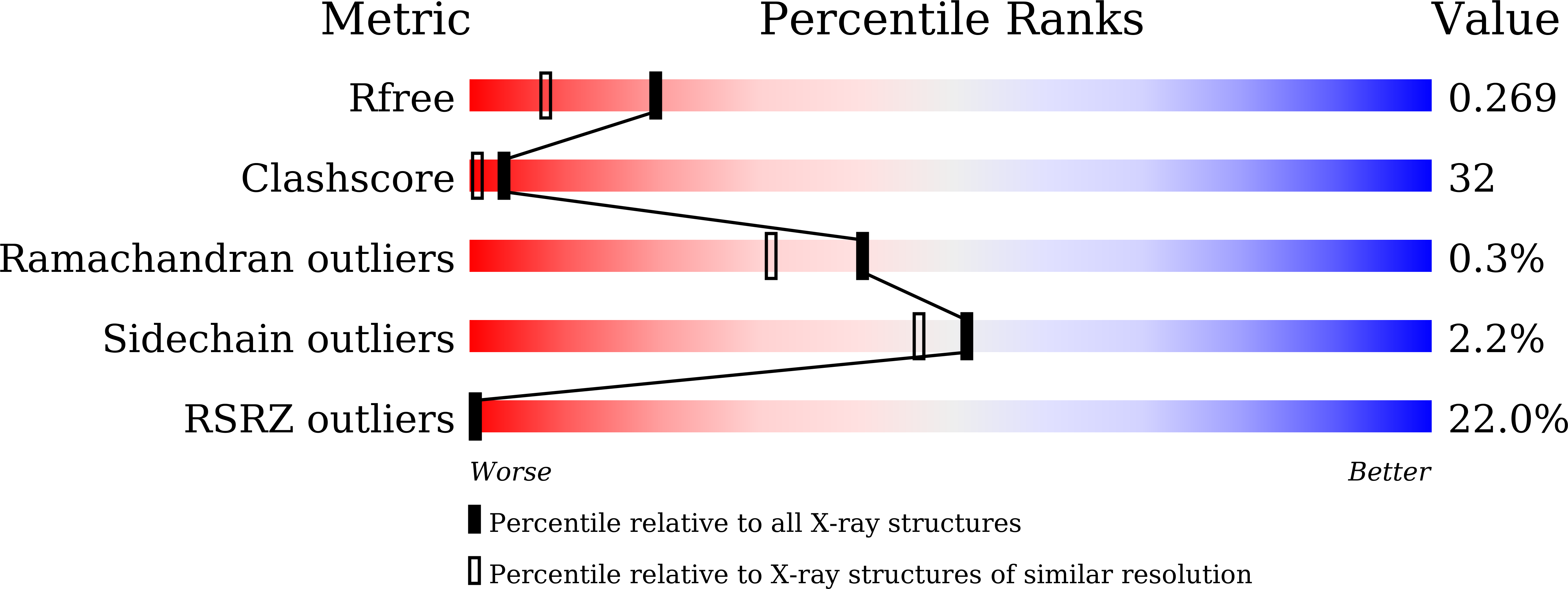
Deposition Date
2020-08-03
Release Date
2021-03-10
Last Version Date
2023-11-29
Entry Detail
Biological Source:
Source Organism:
Host Organism:
Method Details:
Experimental Method:
Resolution:
1.90 Å
R-Value Free:
0.26
R-Value Work:
0.23
R-Value Observed:
0.23
Space Group:
P 63 2 2


